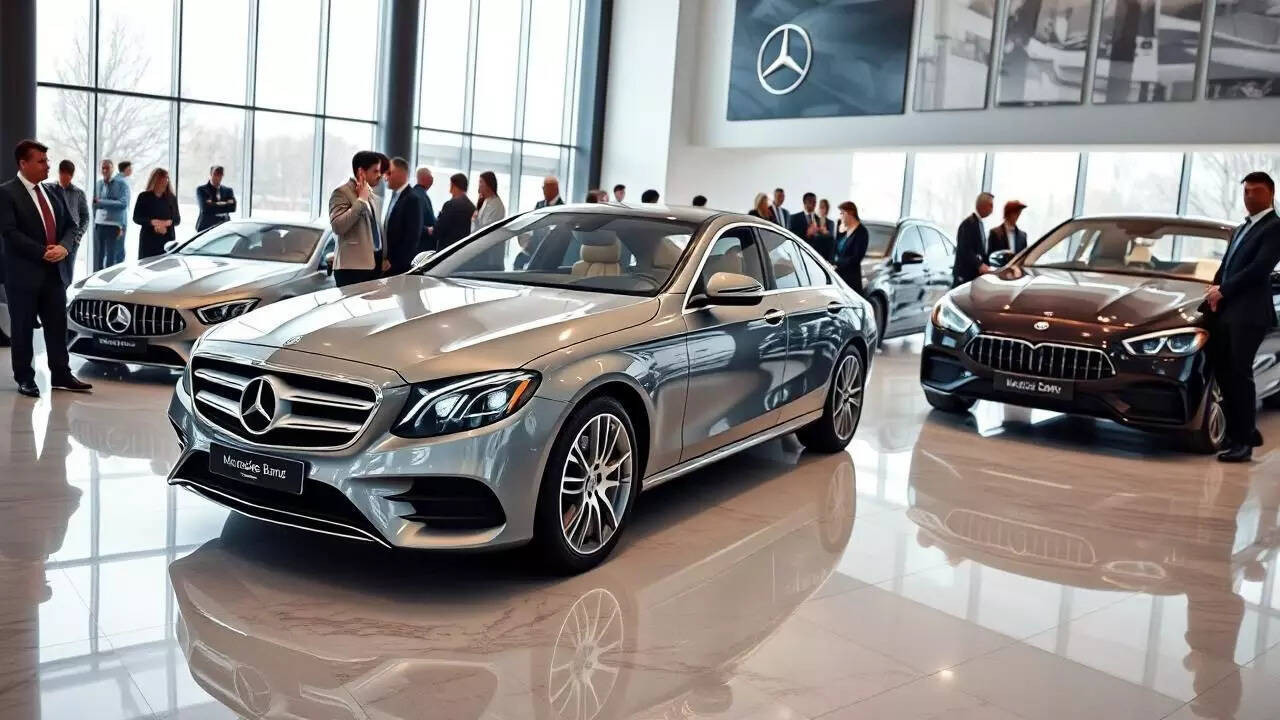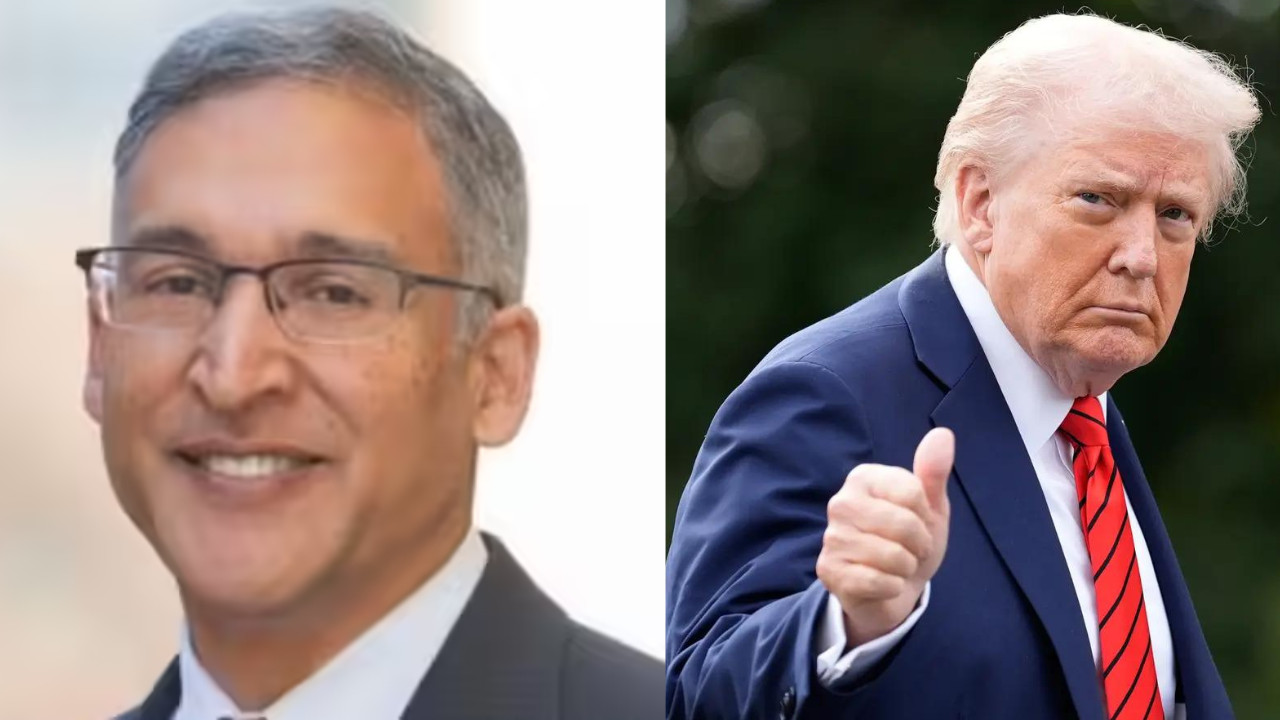Mercedes-Benz India will increase vehicle prices by 1-1.5% in September, according to MD and CEO Santosh Iyer, due to the weakening rupee against the euro. This marks the third price hike this year. Despite concerns, Iyer believes reduced interest rates and economic growth will sustain demand.
Buckle Up: Why Your Dream Mercedes-Benz is About to Get More Expensive
Dreaming of cruising down the highway in a sleek, new Mercedes-Benz? You might want to accelerate your plans. The German automaker is gearing up for another price hike in India, set to take effect this September. This marks the third price adjustment from Mercedes-Benz India this year, leaving many potential buyers wondering what’s driving these increases and how it will impact their luxury car aspirations.
Let’s dive into the reasons behind this decision and what it means for you, the discerning driver.
Navigating the Economic Currents: Why the Price Hike?
The automotive industry, like many others, is currently navigating a complex web of economic factors. Mercedes-Benz India cites rising input costs as the primary driver behind the impending price adjustments. Think of it like baking a cake – if the cost of flour, sugar, and eggs goes up, the price of the finished cake is likely to follow.
In this case, the “ingredients” are raw materials like steel and aluminum, crucial components sourced from overseas, and logistics costs – essentially, the price of getting those components to the factory floor. Global supply chain disruptions, a lingering consequence of recent world events, continue to exert pressure on these costs. This makes it more expensive for Mercedes-Benz to manufacture its vehicles.
Currency fluctuations also play a significant role. The exchange rate between the Indian Rupee and other major currencies, particularly the Euro (where Mercedes-Benz is headquartered), impacts the cost of imported components. A weaker Rupee means Mercedes-Benz has to spend more Rupees to buy the same amount of Euros, which ultimately translates to higher production costs that trickle down to the consumer.
More Than Just Numbers: The Feature Rich Mercedes-Benz Appeal
While the price increase is unavoidable, Mercedes-Benz emphasizes its commitment to offering exceptional value. The brand continues to invest heavily in innovation and technology, packing its vehicles with cutting-edge features, luxurious interiors, and advanced safety systems. These advancements come at a cost, and Mercedes-Benz aims to strike a balance between affordability and delivering the premium experience that customers expect.

Consider the E-Class, a popular model in India. It boasts a host of features, from its advanced driver-assistance systems to its opulent cabin and powerful engine. Maintaining this level of quality and incorporating the latest technologies requires continuous investment, which contributes to the overall cost of production. Mercedes-Benz argues that the premium you pay reflects the superior engineering, craftsmanship, and features you receive.
The Impact on You: Is Now the Time to Buy?
For those considering a Mercedes-Benz purchase, the impending price hike presents a critical decision point. Delaying your purchase means paying more for the same vehicle come September. However, jumping in now requires careful consideration of your budget and financing options.
Dealers may offer incentives or promotions to clear existing inventory before the price increase takes effect. It’s wise to explore these opportunities and negotiate the best possible deal. Don’t hesitate to compare prices across different dealerships and inquire about financing options that suit your needs.
Furthermore, take into account the long-term ownership costs. While the initial purchase price is a significant factor, consider insurance, maintenance, and fuel consumption. These ongoing expenses can significantly impact your overall cost of ownership. You might also compare financing to leasing options.
Looking Ahead: The Future of Luxury Car Prices in India
This price hike from Mercedes-Benz could potentially influence the pricing strategies of other luxury car manufacturers in India. If other brands face similar cost pressures, they may follow suit, leading to a broader increase in luxury car prices across the board.
The Indian automotive market is dynamic and competitive. While short-term fluctuations are inevitable, the long-term trajectory will depend on various factors, including government policies, infrastructure development, and consumer demand.
For more insights into the automotive industry and related topics, explore our other articles on [electric vehicle trends](internal-link-to-related-content).
The Road Ahead
The upcoming price increase for Mercedes-Benz vehicles in India reflects the challenges facing the automotive industry globally. While the higher price tag may deter some potential buyers, the brand hopes that its commitment to quality, innovation, and the premium ownership experience will continue to resonate with discerning customers. For those with their eyes on a three-pointed star, now is the time to weigh your options and make an informed decision before the price adjustment takes effect. The allure of the Mercedes-Benz experience, coupled with potential pre-hike incentives, may just make the dream a reality.







